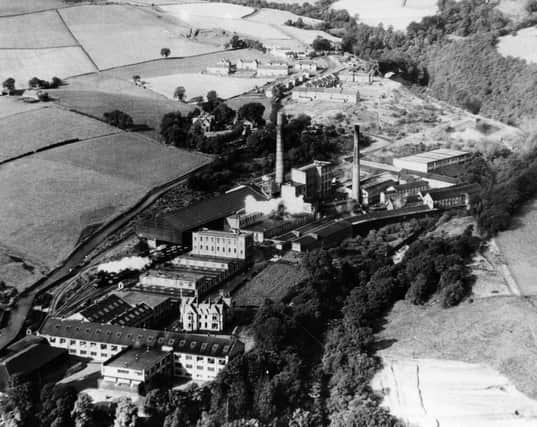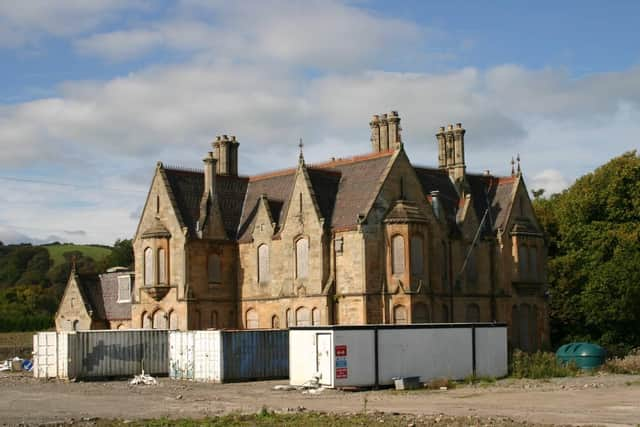Denny: A town quick to take new opportunities


In the late 18th century for example it was calico printing which employed over 1000 people producing textiles decorated with beautiful coloured patterns like those from the Indian region of Calicut.
Starting in Dunipace the printworks grew in importance but lasted for only 50 years before new methods of dyeing and a change of fashion brought about decline and closure.
The local reaction was to switch to other activities.


Advertisement
Hide AdAdvertisement
Hide AdFor example by the 1850s there were three mills driven by water power producing woollen shawls and tartans employing 200 men and women.
The chemical works at Custonhall in Stripeside, which had supplied dyes to the calico printers, turned instead to making lacquers and enamels for the Falkirk foundries.
The rapid expansion of local heavy industry meant that demand for coal increased and Denny responded with the local pits.
By 1900 three local mines, Herbertshire, Quarter and Carronrig were employing over 500 men with the ‘steam coal’ particularly good for use in shipping.
Advertisement
Hide AdAdvertisement
Hide AdFour iron foundries opened their doors, the largest, Cruikshanks, specialising in engineering components for the Clyde shipyards.
Finally, in 1896 John G Stein opened Anchor Brickworks and within a year tens of thousands of bricks were leaving the works each week.
In 1921 they were used to build Gleneagles Hotel. Once again it didn’t last with closure coming in 1931.
All of these played a part in saving Denny but by far the longest lasting and most important was paper making.
Advertisement
Hide AdAdvertisement
Hide AdThe mills using the soft water of the Carron created an industry which employed many hundreds of men and women and made Denny one of the country’s most important paper making centres.
The earliest venture was Herbertshire Mill established in 1788 making paper by hand.
Around 1810 part of Carrongrove woollen mill turned to paper making and although both mills changed hands several times output continued to increase as machines were introduced.
Herbertshire Mill specialised in high quality writing paper while Carrongrove made mill board and coarse paper.
Advertisement
Hide AdAdvertisement
Hide AdWith the explosion in publication of books and newspapers, demand for Denny paper increased dramatically and new mills appeared along the length of the river.
Denny Paper Mill opened in 1869 followed the Anchor Mill and the Vale Paper Works on the Dunipace side of the river and by the end of the century there were half a dozen mills in operation.
Changes in demand led to mergers and some closures but paper making survived well into the 20th century.
However by 1974 the last firm standing was Carrongrove which had became part of Inveresk Paper in 1924.
Advertisement
Hide AdAdvertisement
Hide AdDespite the high quality of the output the mill was closed in 2005 and today the huge abandoned site has filled up with new houses.
Thankfully the handsome manager’s house built in 1862 for Andrew Duncan has been beautifully restored as a reminder of the great days of the paper makers.
So calico printing, brickworks, coal mines, iron founding and wool and paper making which employed many thousands have now come and gone.
They helped make Denny a prosperous and confident community and the past record of recovery holds out the hope that the town will prosper once again as the economic wheel turns.